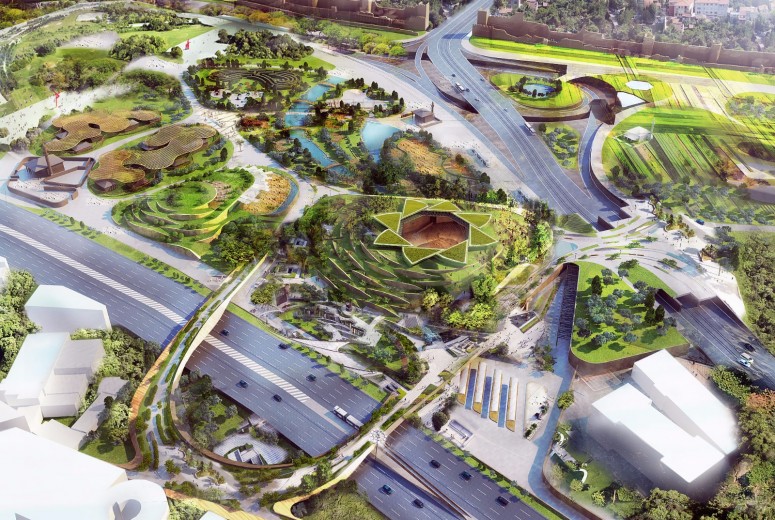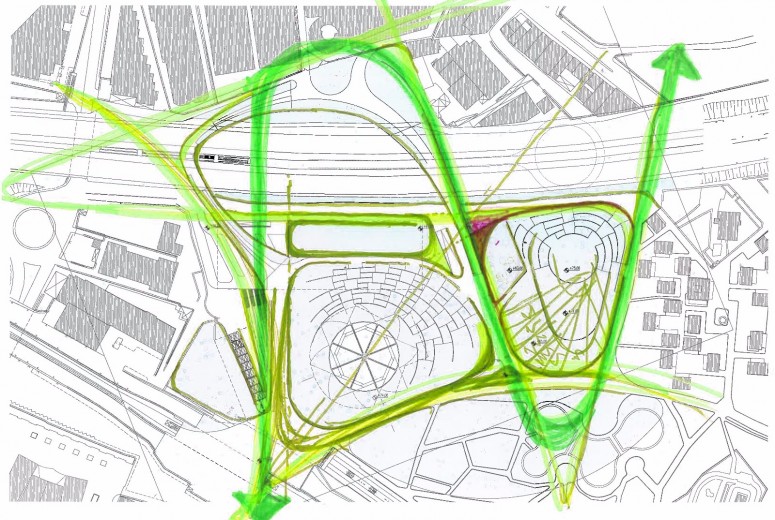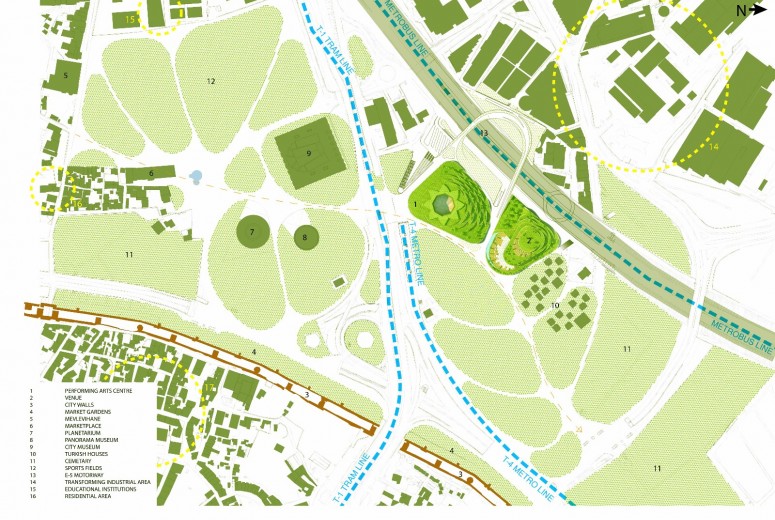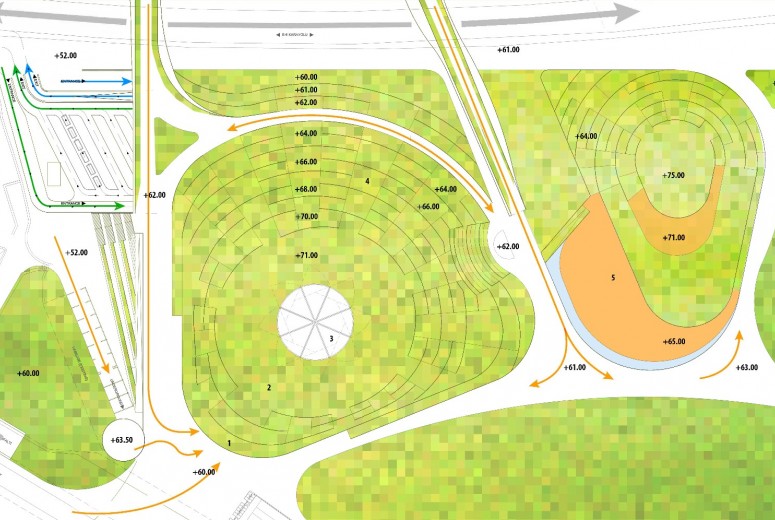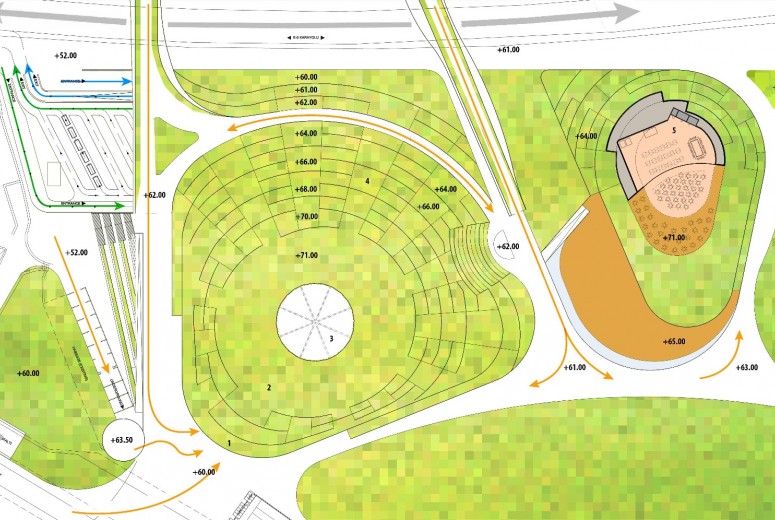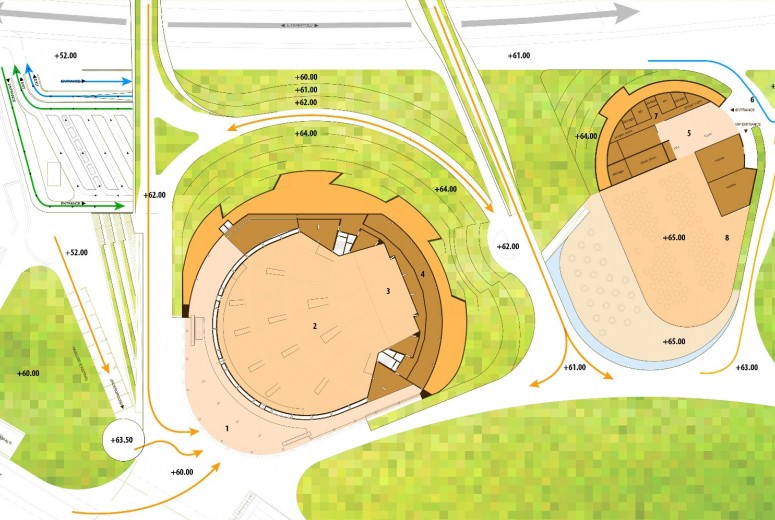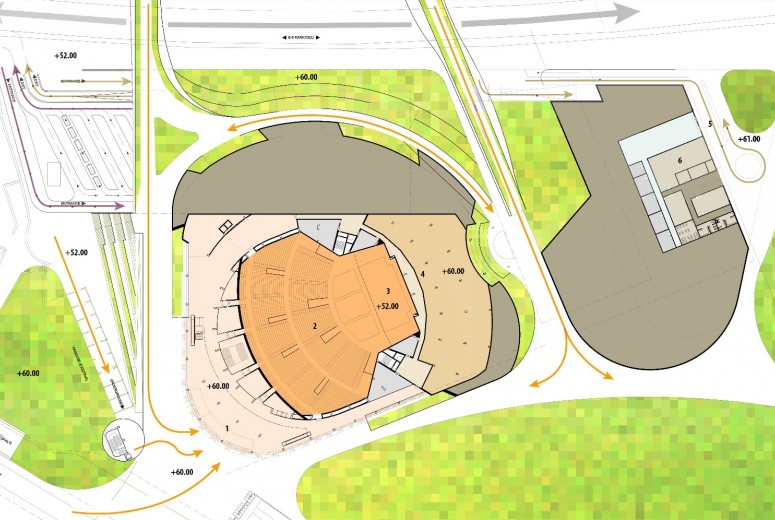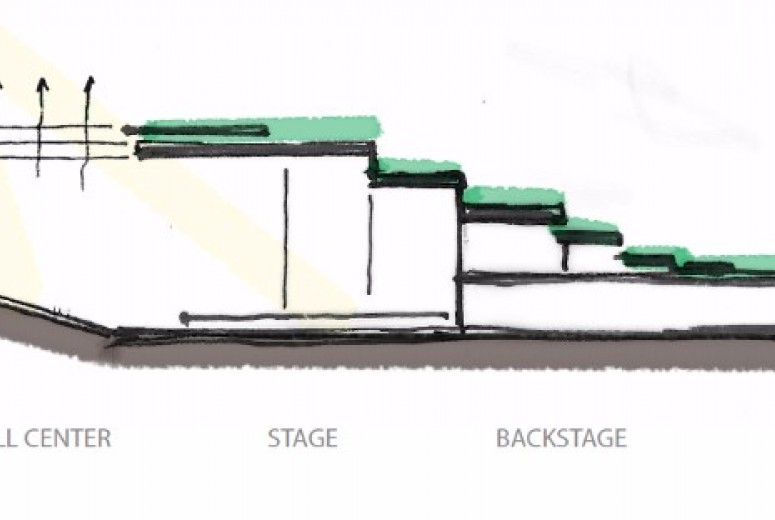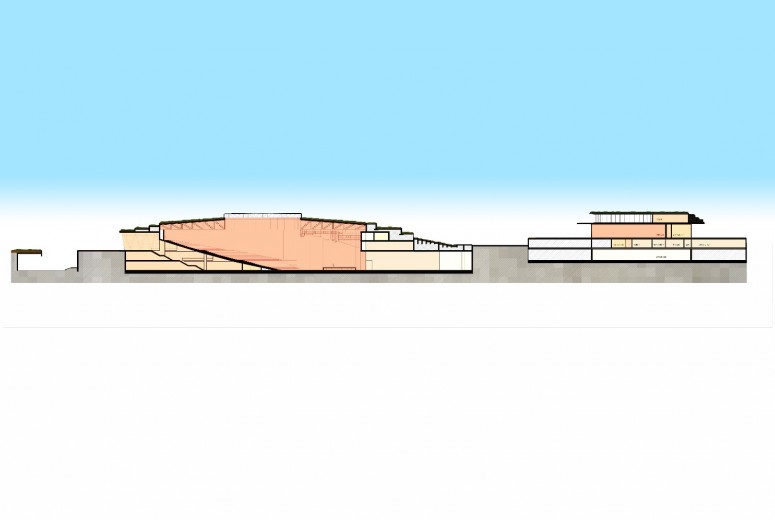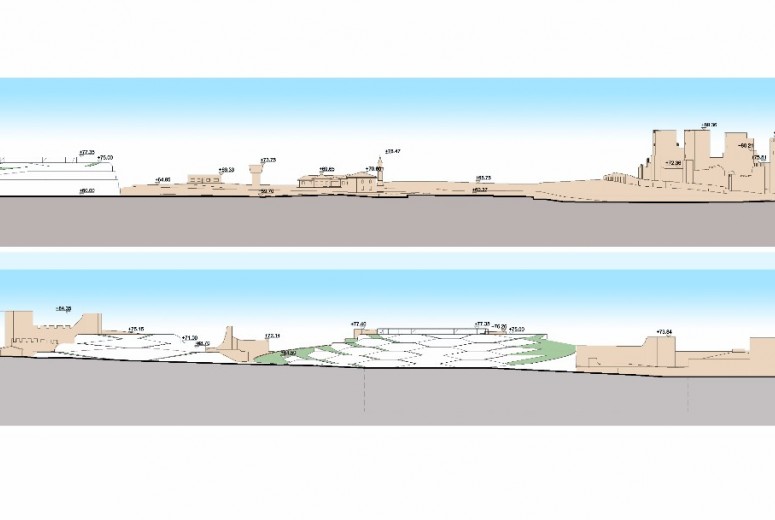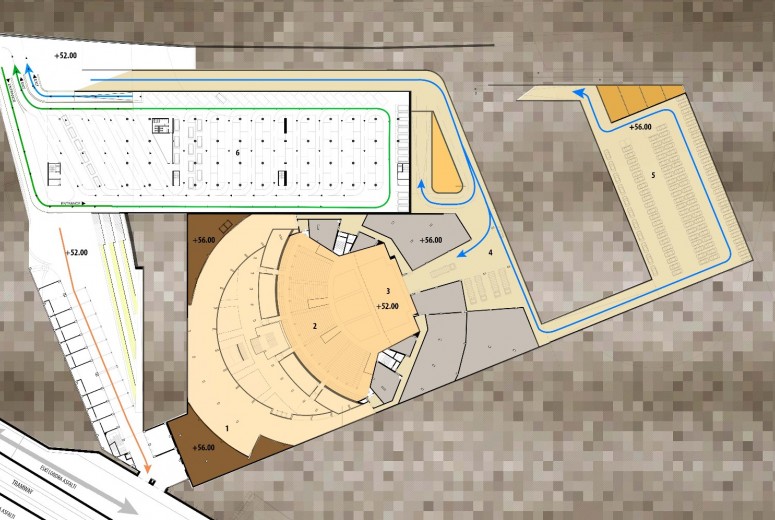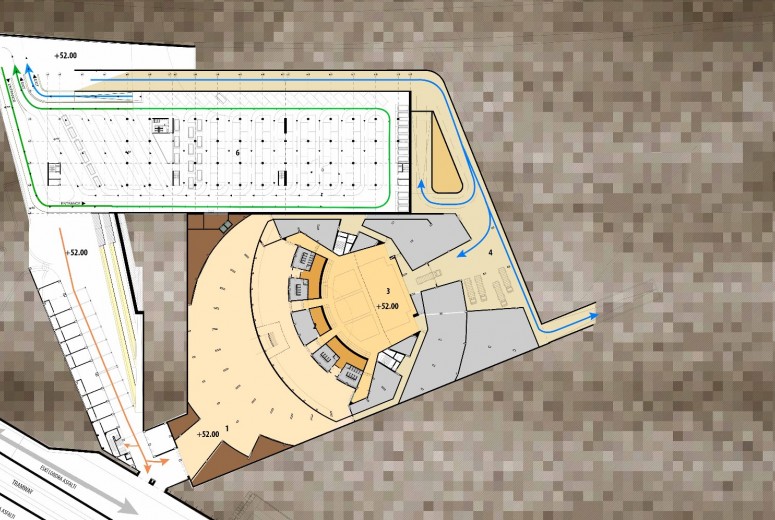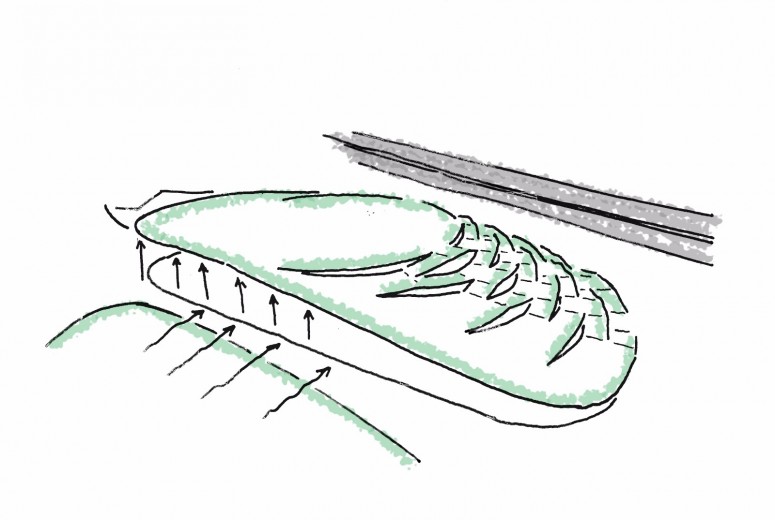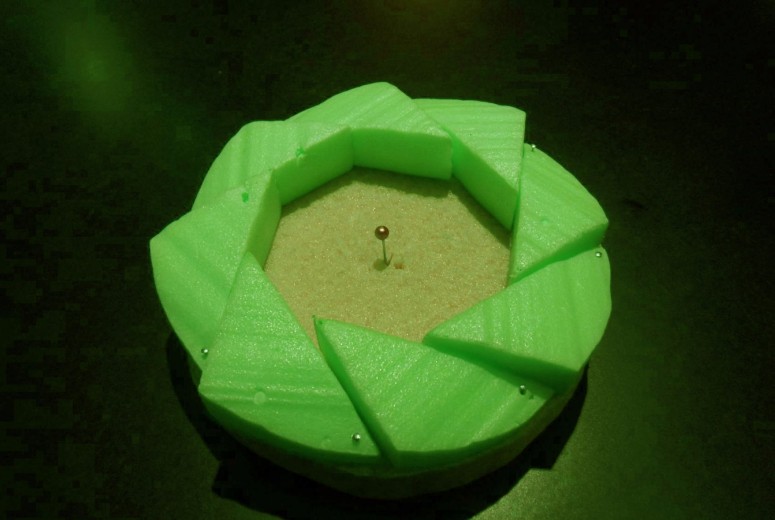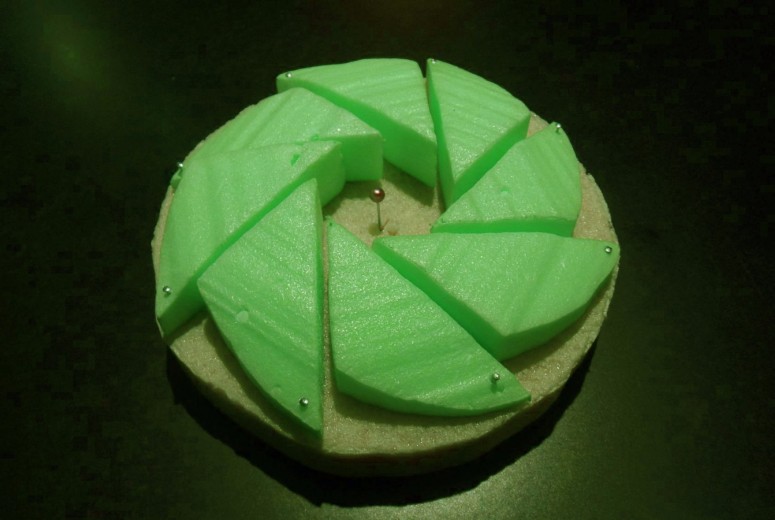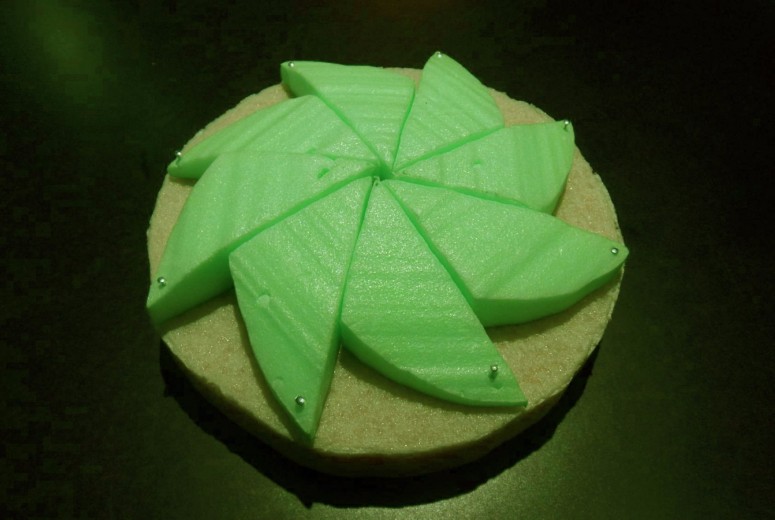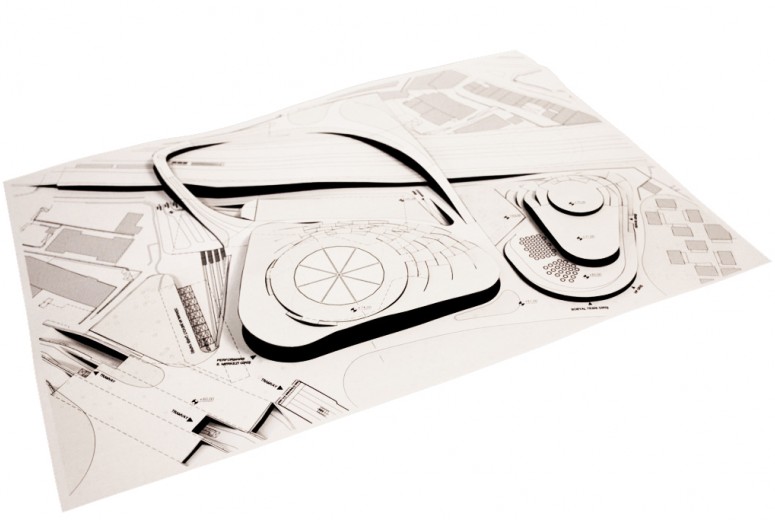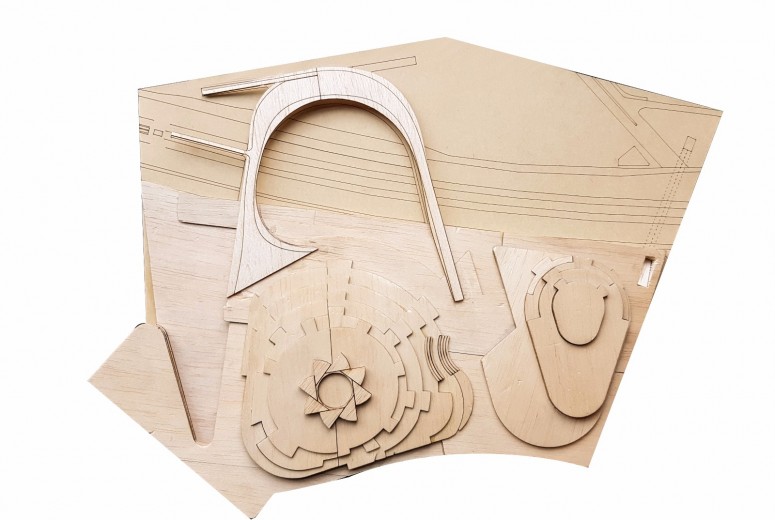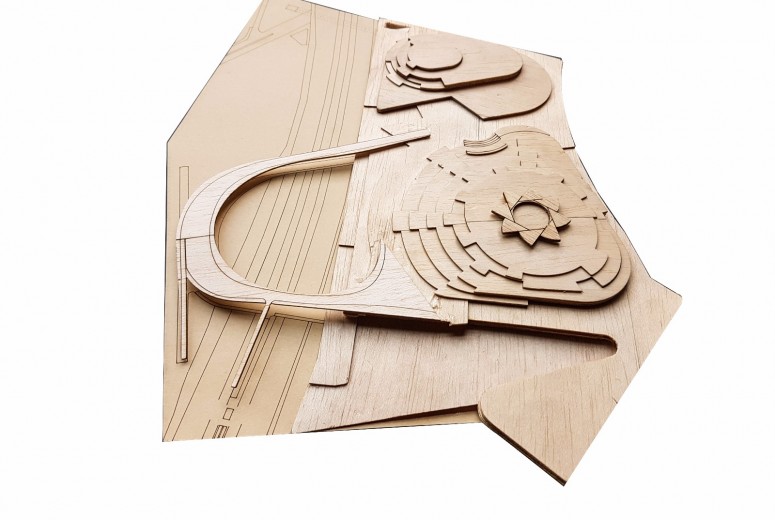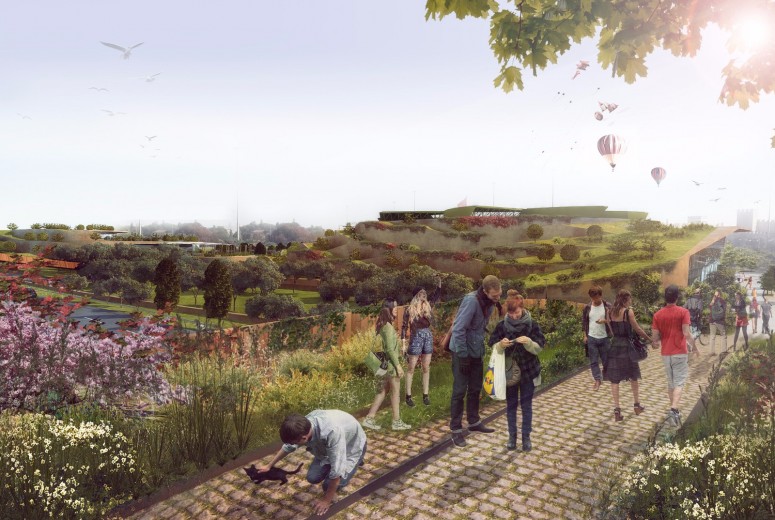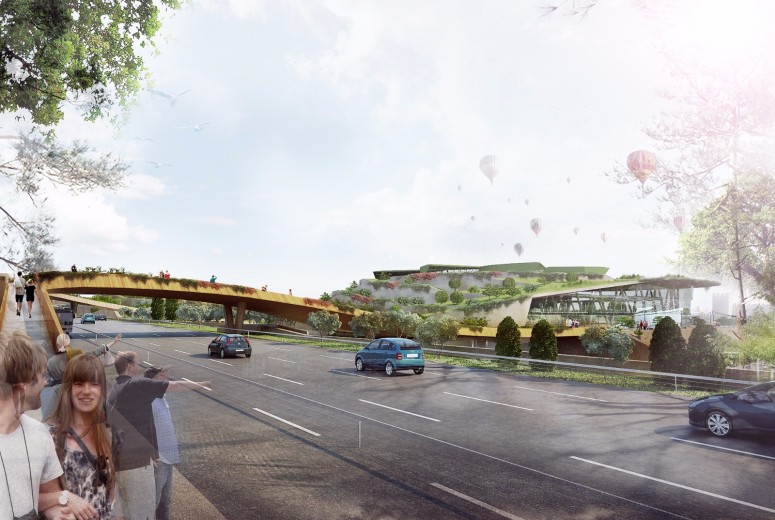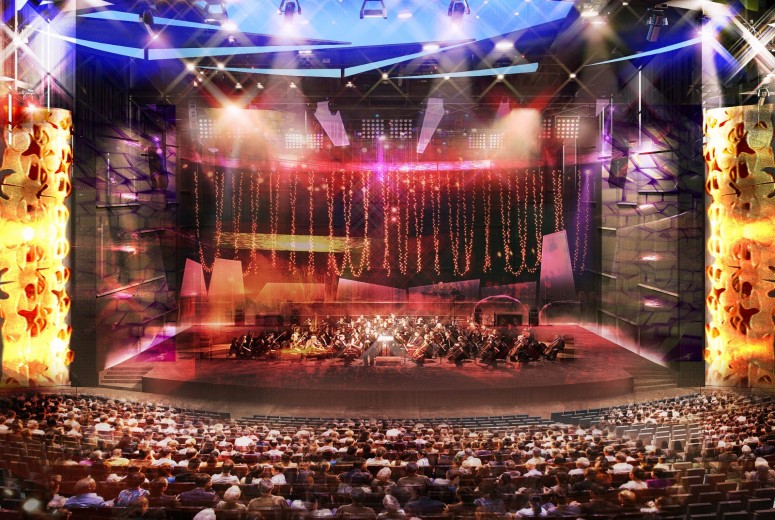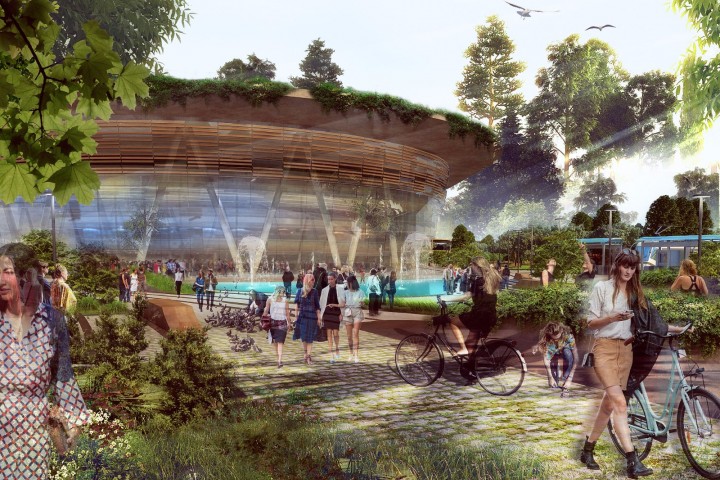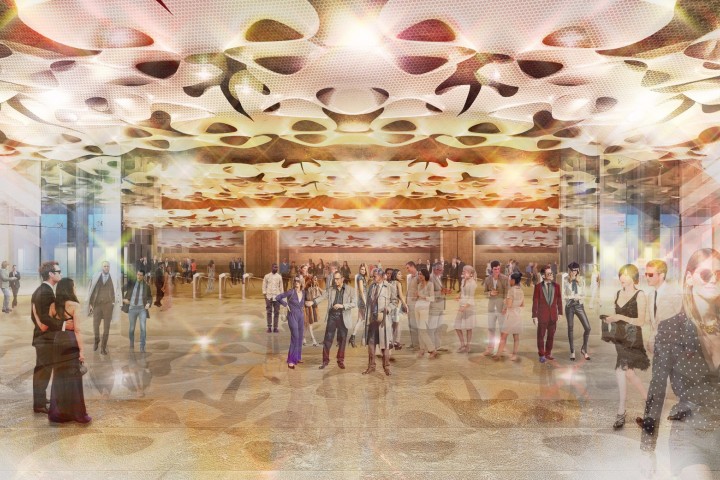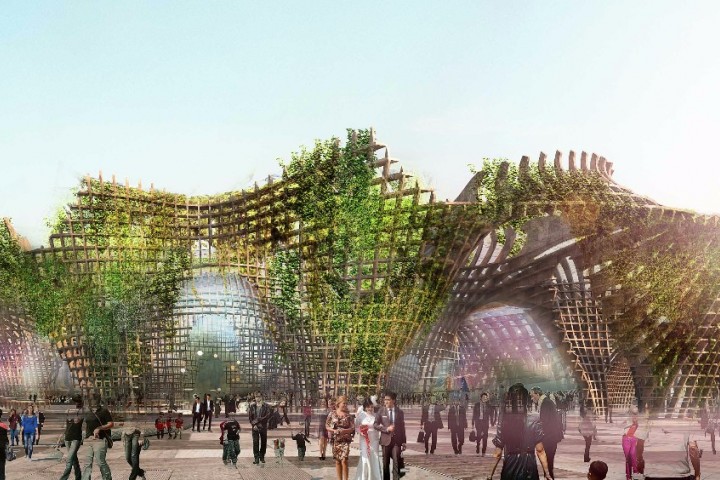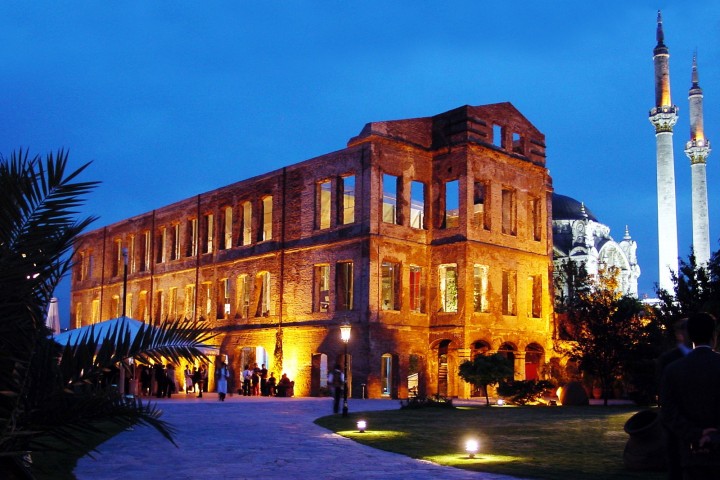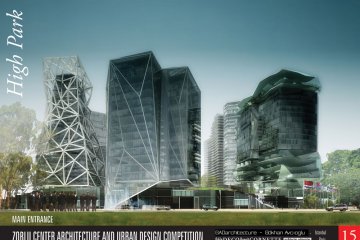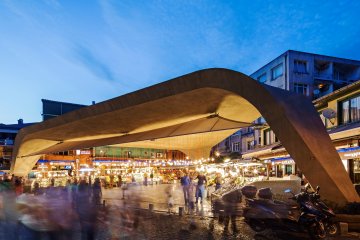Topkapı Park / Istanbul / Turkey
Topkapı Park / Istanbul
Turkey
Gokhan Avcioglu & GAD
Nesime Onel, Yucel Demir, Tahsin Inanici, Goksen Gungor, Jonas Kirsch, Efe Ilgen, Ozan Ertug, Gurkan Oktay
Redevelopment, Public, Urban Planning, Cultural
50000 m2
2014
Study
The present day city of Istanbul began nearly 10,000 years ago, over a beautiful area of land overlooking a narrow straight that divides the two continents, Asia and Europe. Around 658 BC, Greek colonists led by Byzas formally settled upon the southeastern tip of the European peninsula. The settlement was called Byzantium and was enclosed by a small wall. In 479 BC, Byzantium was conquered by Spartans, who repaired the wall after the conquest. The wall protected the city as it prospered until 196 AD when the Roman emperor Severus conquered the city and destroyed the wall. Recognizing the strategic value of the site, the Romans built a new wall, roughly 400 meters west of the old wall. In 324 AD, Constantine the Great captured the city and destroyed the walls again. Over the next twelve years, the city was rebuilt and named Second Rome but soon became known as the city of Constantine or Constantinople. Again a new wall was built to protect the city, this time close to 3 km west of the wall built by Severus.
The city grew, becoming the capital of the Eastern Roman Empire. By 413 AD, the city expanded beyond the wall, again requiring new walls for protection, approximately 10 km long and constructed roughly 2 km west of the Constantinian Wall. The 5th century walls, named Theodosian after the reigning emperor, were massive stone structures with an inner row, an outer row, and a moat. Despite several earthquakes and attacks from neighboring invaders, including the armies of the First Crusade, the Theodosian walls remained largely intact and defended the city, until the Ottoman sultan Mehmed the Conqueror breached the walls and conquered the city in 1453.Being more concerned with continuous expansion, the Ottomans were not interested in building new walls. But there was no interest in destroying the already built walls either.
Except for the ceremonial gateways, much of the area along the walls were, with respect to the establishment, disregarded. The moats were filled in with soil, and the lands along the walls were occupied by many small farmers. With the relative strength of the empire, threats to the city became less and less common, and so the walls became a backdrop for the flourishing agricultural district of the metropolis. Without a constant military presence or maintenance, the farmers were able to recycle stone and brick from the walls, utilizing them into their homes, barns, and stables. This agricultural way of life was not only instrumental in nourishing life in the capital by supplying livestock and produce, but it also created the preference for small, local agricultural means and traditions that are still part of the Turkish identity today.
Five hundred years after the Ottoman capture, Istanbul’s population expanded again, rapidly, and the converted farmland was transformed again, into a more urban setting. One of the neighborhoods along the walls, Topkapi, evolved into a major transfer hub with several of the main public transportation routes converging and intersecting. Looking to take advantage of the high level of accessibility to the city, the area became the focus of many public buildings and projects. Once again, after a long period of tranquility, an aspect of the city was threatened by a new invader: urban sprawl and development. The quiet and relaxed lifestyle known to the local residents along with the farms and fields where they dwelled were being replaced with hundreds of thousands of commuters and the highways and streets they traversed.More recently, there has been a rise in public awareness regarding the value of Topkapi, its limited green area and ancient walls. In 1985, the walls were designated as a UNESCO World Heritage Site, recognizing their cultural and historic significance. The government and planners have made more concerted efforts to preserve the green spaces when dealing with new and future projects. Despite the environmental progress in development strategies, Istanbul became a city that is predominately paved and over built. Even though there are not a lot of huge megastructures that, on their own, occupy a large footprint, the close proximity and enormous quantity of apartment or mixed use buildings together act collectively to form a city of landscrapers, reducing parks and greenery to nothing more than a way to salvage a narrow or awkwardly shaped corner of a plot. Istanbul is a vibrant, active city, but its movement, its soul, are confined within a world of grey. To revitalize its energy, to give hope to its children, Istanbul must be invaded by a new entity—a breath of green to conquer the grey. A culture of urban agriculture has to be sought out and promoted.
The city will continue to grow; this is a fact. But that growth should be responsible and ecologically sensitive, offering opportunities and venues for residents to once again know the quiet and relaxed lifestyle enjoyed by the small farming communities. Global Architecture Development decided to take such approach and minimize disturbance to the existing landscape for their redevelopment project for Topkapi Park, TPKP, which includes a new Performing Arts Center, exhibition spaces, cafes, and more.
TPKP does not look to replace the land with buildings. Rather it seeks to make the land part of the structures, part of the experience. Rather than simply sitting on the land, TPKP would weave between the land, pick the land up and dig beneath it, use the land as natural barriers and finishes. Specific incisions were made on the landscape, and the green surface has been lifted up, creating voids for new structures to integrate and blend with the green in a seamless manner. As a result, the land reclaims the space that the construction would have otherwise taken away. Compared to the rest of Istanbul, TPKP gives a strikingly distinct green and natural appearance when viewed from above.To support and encourage the pedestrian traffic, an organically shaped double bridge flows over the major highway dividing the park.
The bridge manages to provide convenient access to the project’s facilities in a unique and satisfying manner because the walls are lined with plants and shrubs. This visually blocks out the cars and buses, reduces noise and air pollution, and introduces fresh and pleasant smells and colors to people on the way to work. For those who are there to enjoy the park, they may hear a symphony at the 5000 seat Performing Arts Center, watch a play in one of the outdoor arena, consider the meanings of the works on display in the exhibition spaces, or take pleasure in a hot cup of Turkish tea or coffee at one of the small cafes.
